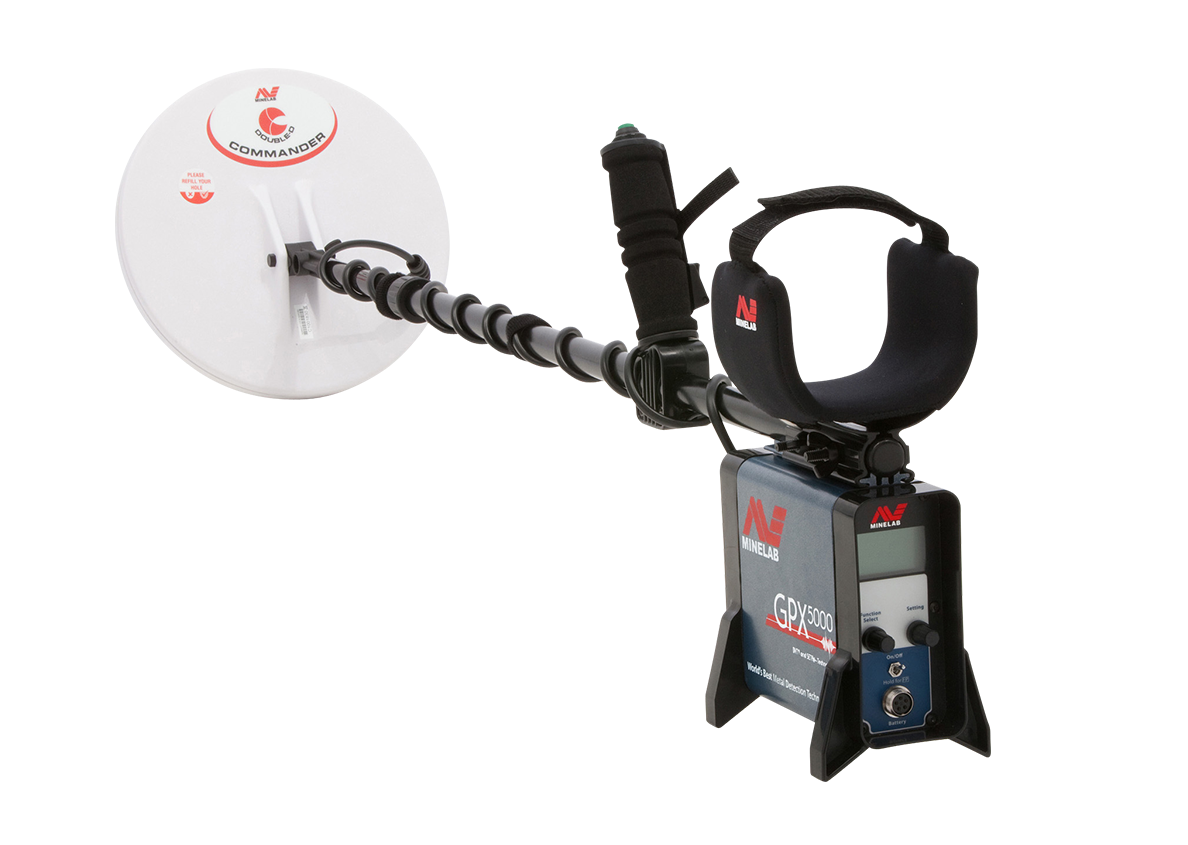By now you have probably seen the GPX 4800 and GPX 5000 brochures and seen the term ‘Improved electronics’. This post will enlarge on this feature a little and demonstrate an effect of the changes that will enhance performance in the field.
The most significant of the electronics changes can be seen in the ‘Front End’ of the detector. This is the portion of the detector that interfaces with the coil and is in this case the receiver. The receiver portion of the circuit takes the infinitesimal signals gathered by the detector coil and amplifies them to a level that is able to be further processed. The effect of the GPX 4800/5000 electronics change is to extend the range of grounds that the detector can operate in and therefore to allow the coil to be swung closer the ground in extreme grounds.
During the life of the GPX-4500 we became aware that there were some grounds in which the detector was not able to operate as well as we would like. After further research we discovered that the detector front end was overloading in some extreme grounds. The image below shows the behaviour of GPX-4500 with the coil in the close vicinity of an extreme hot rock.

The highlighted area shows where an overload starts to affect the ground balancing capability of the detector.
The image below shows the signals from a GPX 5000 under the same circumstances

By comparing these two images, you should notice that the GPX 5000 is able to respond over a much greater range and that there is much less chance of an overload condition.
You can now see how this change to the electronics improves the ability of the GPX 4800/5000 to ground balance in severe ground. By avoiding overload, the detector can process the signals correctly and excellent ground balance capability will be maintained for a wider range of difficult grounds.





















Comments
Well done,
There are many prospectors that take great interest in the technical aspects of detecting and their detectors.